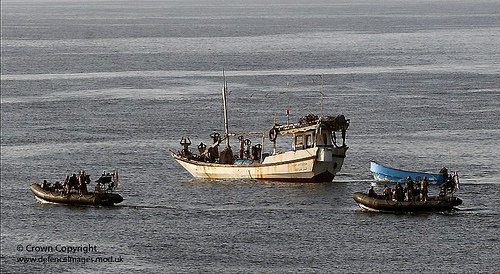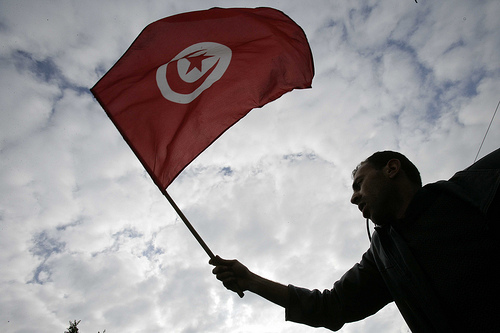
Pirates in the Indian Ocean have struck once again: Within two days, groups of pirates hijacked two more tankers, bringing the total of ships being held hostage in the region to a whopping 30 (with 700 crew members on board).
And the latest hijackings are likely to net the pirates more money than ever, with one of the Greek-owned tankers carrying more than $200 million (yes, MILLION) worth of oil. In addition to the human cost of these tragedies, the cost to the global oil market is potentially significant as it tightens already uncomfortable choking points in the transfer of oil from the Middle East to the rest of the world. Although pirate attacks are getting less frequent, their audacity, sophistication and sheer reach is growing as funds available to pirate groups in Somalia in particular have mushroomed.
Indeed Navfor spokesman Wing Commander Paddy O’Kennedy notes that:
“What we are dealing with here is a business model that is so good, that for a matter of tens of thousands of dollars you can put together a pirate action group, you can send it to sea and if you are lucky and hit the jackpot, you can come back with a vessel that within six months will bring you a return of nine-and-a-half million dollars. We are the first to admit we are not deterring piracy.”
So, as more money flows to pirates and international naval task forces continue to struggle to secure shipping lanes that keep the world economy moving, the question arises: Is piracy in the Indian Ocean and in the Gulf of Aden a scourge that is here to stay? And if naval task forces can do little else except damage control, should the international community not be looking to address the root causes of the lawlessness and misery that drives piracy in the region?
Isn’t it time that the international community take another hard look at what is happening in Somalia and to the Somali people?
For a wealth of background information and analysis on this issue, see our Digital Library holdings under the keyword ‘Piracy on the High Seas‘.




